Introduction
Do you feel like your hormonal symptoms just happen to you, like you’ve never had a say in how you feel and when you bleed? Each month, does it feel like your life just stops as you get caught in the swing of your hormones?
What if instead, you can make your hormones work for you instead of just happen to you? Enter cycle syncing—it empowers you to understand, become more in tune, and maximize your hormonal superpowers during each phase of your cycle.
Each premenopausal female lives in cycles— you are in a constant state of ebbs and flows, undergoing distinct phases that can have major impacts on everything. By listening to your body’s natural rhythm, you can learn to work with it rather than against it.
Cycle syncing means aligning nutrition, exercise routines, and life choices with the natural rhythm of your monthly cycle1 .
We are not just talking strictly about PMS and menstruation, but all four-cycle phases – the luteal phase, the follicular phase, ovulation, AND your actual period. Throughout each month, many of your hormones fluctuate and can affect how you feel, your energy, mood, appetite, and even sleep2 . You can use these changes to your advantage!
This article will help you understand your cycle better, show you how to eat the right foods, and do the right exercises at the right times.
Everyone is different—The cyclical changes and what works best for you may be different from those of your girlfriends. It can also evolve as you age. So, instead of a one-size-fits-all approach, tracking and understanding your unique cycle can help thrive during each distinct phase.
Whether your goals are performance-based or you just want to feel more in tune with your body – this article is for you!
Below, we dive into each phase of the menstrual cycle, specific training and nutrition considerations, and ways you can implement them into your routine. We also break down exactly how to begin cycle syncing so that you can even further tailor your plan specifically to your unique body. Let’s dive in!
4 Phases of Menstrual Cycle and Nutritional Needs
The Menstrual Phase (Days 0-7)
What’s happening:
The menstrual phase makes up your body’s early follicular phase and is the time when you get your period. When there is no pregnancy, the uterine lining sheds, and you get a drop in estrogen and progesterone, leading to bleeding3 . This phase typically lasts 3-7 days, and you lose about 35-50 mL of blood4.
During this phase, your immune system is also involved in shedding and renewing your uterine lining. This is when you may feel some inflammatory symptoms such as cramps, body tenderness, bloating, and fatigue2. However, some women start to feel better once their bleeding starts.
Also, preexisting diet and lifestyle-related inflammation such as from food sensitivities or low omega-3 or vitamin D, can make your period symptoms worse.
Progesterone slows down gut movement, so some women go more during their periods or struggle with cyclical constipation which resolves at this time.
What this means for nutrition:
Menstrual bleeding causes a loss of iron. It’s also why premenopausal women are more likely to be anemic than menopausal women and men. When iron is low and inflammation is high, you might notice lower energy levels and mood. This phase also decreases your basal metabolic rate, which is the amount of energy your body burns at rest5.
Focus on the following:
- Iron-rich foods6 : consuming foods that are high in iron can help your body replete iron stores that are lost during menstruation. These include leafy greens, animal proteins, and lentils. Pairing them with foods high in vitamin C (citrus fruits or colorful vegetables) can help increase iron absorption.
- Antioxidants7: the process of menstruation can be inflammatory, and low progesterone can leave you more vulnerable to these processes. Consuming foods high in antioxidants can help combat some of these effects. Think colorful fruits and vegetables, and even green tea!
- Fiber8: consuming enough fiber can help promote bowel movements and prevent constipation, which can be more common during this phase of the cycle. Think whole grains, nuts, seeds, and vegetables.
- Hydration9: blood loss can help offset some of the fluid loss that occurs during your period, and can help manage symptoms like cramping and bloating. Aim to get in your 8 glasses per day.
What this means for exercise:
You might not feel up to doing strenuous workouts during this time, and that is okay! Either way, staying active might help menstrual symptoms and boost mood10. Low-impact activities (such as yoga or walking) can help improve cramping and help you feel more relaxed11.
If you are a competitive athlete, you may notice reduced exercise performance during this time, but this does not impact everyone12. Some women feel their strongest during their periods.
During this phase, it is important to listen to your body. If harder workouts feel more energy-depleting than enhancing, it is fine to use this time for rest or engage in lighter activities.
The Follicular Phase (Days 7-13)
What’s happening:
The follicular phase is typically when most women feel their best.
During the follicular phase, hormones from the brain signal to your ovaries to grow follicles. One follicle becomes bigger, called the dominant follicle3. These processes all gear up for a potential pregnancy, with estrogen and progesterone continuing to increase right up to ovulation3.
During this time, you might notice more energy, and your metabolism speeds up. At the same time, appetite is lower.
What this means for nutrition:
- Support estrogen metabolism13 : Estrogen levels increase during this phase of the cycle. Including cruciferous vegetables such as broccoli, cauliflower, Brussels sprouts, and cabbage to help support optimal estrogen levels and help your body process any excess.
- Continue replenishing iron6: your body is still playing catch up from iron loss during menstruation so continue to include the iron-rich foods above.
- Complex carbohydrates14: When estrogen levels are rising, the body sways to utilize more carbohydrates than fats for fuel. You also have higher insulin sensitivity during this phase, therefore your body can metabolize carbs more effectively. Good sources include sweet potatoes, whole grains, and legumes.
- Fermented foods15: fermented foods are high in probiotics, which can support your gut and help with estrogen metabolism. These can include kimchi, kombucha, and yogurt.
- Magnesium-rich foods16: Magnesium tends to be lowest during this stage of your cycle and can contribute to PMS symptoms. Dark leafy greens, pumpkin seeds, and nuts are great sources.
What this means for exercise:
During the follicular phase, energy levels are high17. This is a great opportunity to engage in high-intensity workouts. Strength workouts are also a good option, as rising hormones have primed your muscles for growth18.
Your body can use more glycogen to fuel endurance-type activities, such as running or cycling19. And, peak lactate response, an indicator of anaerobic activity, can be higher during this phase which can help you push harder during strength training and high-intensity intervals19, 20 .
Ovulatory/Early Luteal Phase (Day 14-23)
What’s happening:
During ovulation, which is typically between days 14-15 of your cycle, there is a surge of luteinizing hormone21. This hormone is released by the brain to signal for the dominant follicle to rupture and release an egg.
This egg leaves behind a corpus luteum, which produces progesterone to help the body stay ready for pregnancy if it occurs3. Body temperature rises following ovulation. This phase typically comes with increased energy and focus, as well as increased libido21.
Ovulation is often when you have the highest capacity for stress and social activities. Just be careful about making decisions and plans 1-2 weeks from now based on your current energy levels and stress reserve.
What this means for nutrition:
When estrogen levels are higher, your body can use more fat compared to carbohydrates for energy19. Energy expenditure is increasing compared to the follicular phase, so it is important to nourish your body properly22.
Focus on the following:
- Mindful carb intake23: insulin sensitivity is still elevated during this phase, Consuming slow-absorption carbs: like rolled oats, whole grains, quinoa, barley, lentils, and beans, can help prevent insulin spikes and reduce hunger cues during ovulation.
- Hydration: Body temperature is elevated during this phase so you might notice less heat tolerance. This can result in more sweating, therefore it is important to make sure you are drinking enough fluid to make up for these losses.
- Protein23: the increasing progesterone during this phase can increase protein breakdown. Ensure you are hitting your protein targets and aim to include at least one protein in each meal. Lean meat, eggs, and beans/legumes are good sources.
What this means for exercise:
The ovulatory and early luteal phase is a great time to engage in harder workouts because your body is more efficient at using fat stores for energy19. There is a lower peak lactate response during this time, which can help you power through harder workouts for longer 19.
Testosterone levels are also higher making it an ideal time for weightlifting and high-intensity interval training24.
Late Luteal Phase (Days 24-28)
What’s happening:
If no pregnancy occurs, the corpus luteum begins to break down and causes estrogen and progesterone levels to fall rapidly3. This prevents your body’s ability to maintain your uterine lining and eventually signals the start of menstruation and a new cycle3.
This progesterone drop can lead to hormonal changes that can cause premenstrual symptoms. While PMS symptoms vary widely among menstruators, they can include bloating, fluid retention25, breast tenderness, mood changes, food cravings, constipation, headaches, and sleep disturbances.
Now is the time to take it easy, reduce your overall life intensity, and take the time to self-reflect.
What this means for nutrition:
In the luteal phase, your insulin sensitivity decreases and your resting metabolic rate increases by about 50-300 calories each day, shifting your metabolism to burn more fat than carbohydrates23. High progesterone levels can promote protein breakdown26.
Your serotonin receptors become less sensitive, so you can feel more down or irritable, or have food cravings. Because of the hormonal shifts that occur during this phase, you might notice increased appetite and lower energy, as well as PMS symptoms27,28 .
Preparing and shedding uterine linings require inflammatory molecules like prostaglandins, so you may feel more tender around this time. Having preexisting inflammation or estrogen dominance can make your PMS symptoms worse.
Focus on the following:
- High tryptophan foods29 : tryptophan is an amino acid that can be converted to serotonin in the body. Since serotonin levels can be lower during this phase, including these foods can help support mood and manage cravings. Foods high in tryptophan include turkey, eggs, and seeds.
- Anti-inflammatory foods30: because inflammation can increase, focus on including anti-inflammatory foods, such as those rich in omega-3 fatty acids (fish, chia seeds) and vitamin D.
- Complex carbohydrates31: because insulin sensitivity is low, consuming high-fiber carbs can help prevent big shifts in blood sugar. Cortisol can also be elevated during this time, which can cause shifts in food cravings. Pairing them with a protein or healthy fat can also be helpful.
- Balanced Meals32: appetite can increase during this phase, so it is important to nourish your body with healthy meals to keep hunger levels stable. Aim for protein, healthy fat, and less carbohydrate at regular times throughout the day.
- Progesterone support33: foods such as sunflower seeds and flax seeds can help support progesterone levels during this phase.
- Minimize caffeine, alcohol, and added salt34, 35: this can help ease any stress on your liver and support hormonal balance. Avoiding these things eases PMS symptoms.
- Ensure healthy levels of magnesium and potassium: from vegetables and fruits. Many women also benefit from supplementation with magnesium to ease cramps and support sleep.
What this means for exercise:
The late-luteal phase comprises the tail end of the menstrual cycle and is characterized by a drop in progesterone24. Your energy levels might be lower, and this is the time when PMS symptoms can peak.
Focusing on lower-intensity activity can help prevent putting extra stress on your body as it prepares for menstruation24. However, some women may feel stronger and have higher libido during this time as their testosterone is high relative to estrogen.
Water retention can be high during this period, which might impact how you feel and perform34. Endurance levels can be lower compared to the previous phases and make it more difficult for you to maintain intensity during hard workouts24.
Low-intensity workouts, such as yoga, Pilates, and walking can be great choices. These exercises can help improve mood and reduce PMS discomfort leading up to your period36.
The Benefits of Cycle Syncing
By tracking your cycle and paying attention to your body cues during each phase, you can optimize your well-being by aligning activities and nutrition with your body’s changing needs.
Cycle syncing involves tailoring your lifestyle – diet, exercise, and even self-care – to the various phases of your menstrual cycle. It recognizes the natural hormonal fluctuations that occur during each phase and helps you become more in tune with your body.
The Benefits of Cycle Syncing:
- Improved nutrition37: tailoring your diet to each phase of your cycle can help ensure you are getting all the right nutrients at the right times. Because there are metabolic changes that occur throughout the cycle, you can help support your overall health and address any nutrient needs during each phase.
- Better hormonal balance: adjusting habits to match fluctuations in hormones that happen throughout your cycle can have many positive impacts, including mood and PMS symptoms.
- More energy: syncing activities with your cycle can help you work with, not against, your body’s natural energy fluctuation. Also, some foods and supplements are more suitable for energy than coffee.
- Less PMS symptoms38: tailoring diet and lifestyle to cycle phases can help alleviate the common PMS offenders – bloating, cramps, headaches, and mood swings. Focusing on specific nutrient-rich foods during certain phases can promote better symptom management and less aggravation.
- Optimized exercise performance: no matter your goal, adjusting workouts based on your cycle might help you perform and recover better.,
- Fertility awareness & support39: Cycle syncing can help you better understand your fertile window – whether you’re trying to conceive or avoid pregnancy.
- Better emotional well-being40 : if you are someone who gets stressed just thinking of that time of the month, cycle syncing can be an empowering way to learn about your own unique cycle. This can help you create an awareness of all of the intricate mechanisms that occur each month and foster a more positive relationship with your body.
- Personalized self-care: cycle syncing encourages self-care practices that suit your body’s changing needs. This can be in the form of meditation, relaxation practices, and gentle movement during the phases your body craves the most!
- Increased body awareness39: most menstruators pay little attention to their cycle until negative symptoms kick in. By tracking your cycle, you can gain a deeper connection with your body and create a better understanding of how your cycle impacts your health and well-being. It can help you feel more in tune with your body cues and needs.
How to Start Cycle Syncing
Many athletes and online influencers are using cycle syncing to time workouts around their periods for potential benefits.
Cycle syncing was introduced by Alisa Vitti in her 2014 book “Woman Code”, and as we outlined above, involves adjusting various lifestyle aspects, including diet, exercise, sleep patterns, and social engagements, to align with distinct menstrual cycle phases1.
The intention is to foster a balance. By appreciating your unique hormonal changes at each phase, you can harness these shifts to improve both your physical and mental health.
The US women’s soccer team has adopted this strategy. During training, they adjust recovery time and workouts based on each player’s cycle to help their performance41. With wearable trackers and apps with cycle syncing features, it is more accessible than ever to try it out yourself!
Tailoring workouts or nutrition to menstrual cycle phases might be impractical for some menstruators, especially if you have unpredictable cycles. Some menstruators can deviate from typical patterns, and using hormonal birth control can also impact how effective it might be for you.
However, even if these factors apply to you, tracking your cycle can still offer benefits – a big one being improved body literacy. This practice raises awareness of how your cycle impacts you both physically and mentally, helping you understand your cycle’s effects.
Cycle syncing can take up to three months to show benefits – be patient and keep learning! Given individual differences in cycle patterns, it might take around three months to notice any significant changes. Patience, observation, and adaptation are keys to success!
Final Notes
Remember, every woman is different. What’s most important is to tune in to your body’s signals and give it what it needs. By eating nutrient-rich foods and choosing the right exercises, you can support your body through your period and set the tone for a healthier menstrual cycle.
References
- Vitti A. Womancode. Hay House; 2013.
- Schoep ME, Nieboer TE, van der Zanden M, Braat DDM, Nap AW. The impact of menstrual symptoms on everyday life: a survey among 42,879 women. Am J Obstet Gynecol. 2019;220(6):569.e1-569.e7. doi:10.1016/j.ajog.2019.02.048
- Reed BG, Carr BR. The Normal Menstrual Cycle and the Control of Ovulation. MDText.com; 2018.
- Heavy Periods: Overview. Institute for Quality and Efficiency in Health Care (IQWiG); 2017.
- Solomon SJ, Kurzer MS, Calloway DH. Menstrual cycle and basal metabolic rate in women. Am J Clin Nutr. 1982;36(4):611-616. doi:10.1093/ajcn/36.4.611
- Ofojekwu MJN, Nnanna OU, Okolie CE, Odewumi LA, Isiguzoro IOU, Lugos MD. Hemoglobin and serum iron concentrations in menstruating nulliparous women in Jos, Nigeria. Lab Med. 2013;44(2):121-124. doi:10.1309/lmm7a0f0qbxeyssi
- Evans J, Salamonsen LA. Inflammation, leukocytes and menstruation. Rev Endocr Metab Disord. 2012;13(4):277-288. doi:10.1007/s11154-012-9223-7
- Bernstein MT, Graff LA, Avery L, Palatnick C, Parnerowski K, Targownik LE. Gastrointestinal symptoms before and during menses in healthy women. BMC Womens Health. 2014;14(1):14. doi:10.1186/1472-6874-14-14
- Tan B, Philipp M, Hill S, Che Muhamed AM, Mündel T. Pain across the menstrual cycle: Considerations of hydration. Front Physiol. 2020;11. doi:10.3389/fphys.2020.585667
- Daley AJ. Exercise and primary dysmenorrhoea: A comprehensive and critical review of the literature. Sports Med. 2008;38(8):659-670. doi:10.2165/00007256-200838080-00004
- Ortiz MI, Cortés-Márquez SK, Romero-Quezada LC, Murguía-Cánovas G, Jaramillo-Díaz AP. Effect of a physiotherapy program in women with primary dysmenorrhea. Eur J Obstet Gynecol Reprod Biol. 2015;194:24-29. doi:10.1016/j.ejogrb.2015.08.008
- Meignié A, Duclos M, Carling C, et al. The effects of menstrual cycle phase on elite athlete performance: A critical and systematic review. Front Physiol. 2021;12. doi:10.3389/fphys.2021.654585
- Lin T, Zirpoli GR, McCann SE, Moysich KB, Ambrosone CB, Tang L. Trends in cruciferous vegetable consumption and associations with breast cancer risk: A case-control study. Curr Dev Nutr. 2017;1(8):e000448. doi:10.3945/cdn.117.000448
- Bisdee JT, Garlick PJ, James WPT. Metabolic changes during the menstrual cycle. Br J Nutr. 1989;61(3):641-650. doi:10.1079/bjn19890151
- Baker JM, Al-Nakkash L, Herbst-Kralovetz MM. Estrogen–gut microbiome axis: Physiological and clinical implications. Maturitas. 2017;103:45-53. doi:10.1016/j.maturitas.2017.06.025
- Dullo P, Vedi N. Changes in serum calcium, magnesium and inorganic phosphorus levels during different phases of the menstrual cycle. J Hum Reprod Sci. 2008;1(2):77. doi:10.4103/0974-1208.44115
- Davidsen L, Vistisen B, Astrup A. Impact of the menstrual cycle on determinants of energy balance: a putative role in weight loss attempts. Int J Obes (Lond). 2007;31(12):1777-1785. doi:10.1038/sj.ijo.0803699
- Kissow J, Jacobsen KJ, Gunnarsson TP, Jessen S, Hostrup M. Effects of follicular and luteal phase-based menstrual cycle resistance training on muscle strength and mass. Sports Med. 2022;52(12):2813-2819. doi:10.1007/s40279-022-01679-y
- Hackney AC. Menstrual cycle hormonal changes and energy substrate metabolism in exercising women: A perspective. Int J Environ Res Public Health. 2021;18(19):10024. doi:10.3390/ijerph181910024
- Devries MC, Hamadeh MJ, Phillips SM, Tarnopolsky MA. Menstrual cycle phase and sex influence muscle glycogen utilization and glucose turnover during moderate-intensity endurance exercise. Am J Physiol Regul Integr Comp Physiol. 2006;291(4):R1120-R1128. doi:10.1152/ajpregu.00700.2005
- Kiesner J, Bittoni C, Eisenlohr-Moul T, Komisaruk B, Pastore M. Menstrual cycle–driven vs noncyclical daily changes in sexual desire. J Sex Med. 2023;20(6):756-765. doi:10.1093/jsxmed/qdad032
- Benton MJ, Hutchins AM, Dawes JJ. Effect of menstrual cycle on resting metabolism: A systematic review and meta-analysis. PLoS One. 2020;15(7):e0236025. doi:10.1371/journal.pone.0236025
- Oosthuyse T, Bosch AN. The effect of the menstrual cycle on exercise metabolism: Implications for exercise performance in eumenorrhoeic women. Sports Med. 2010;40(3):207-227. doi:10.2165/11317090-000000000-00000
- Carmichael MA, Thomson RL, Moran LJ, Wycherley TP. The impact of menstrual cycle phase on athletes’ performance: A narrative review. Int J Environ Res Public Health. 2021;18(4):1667. doi:10.3390/ijerph18041667
- Rodriguez-Giustiniani P, Galloway SDR. Influence of peak menstrual cycle hormonal changes on restoration of fluid balance after induced dehydration. Int J Sport Nutr Exerc Metab. 2019;29(6):651-657. doi:10.1123/ijsnem.2019-0105
- Kalkhoff RK. Metabolic effects of progesterone. Am J Obstet Gynecol. 1982;142(6):735-738. doi:10.1016/s0002-9378(16)32480-2
- McNeil J, Doucet É. Possible factors for altered energy balance across the menstrual cycle: a closer look at the severity of PMS, reward driven behaviors and leptin variations. Eur J Obstet Gynecol Reprod Biol. 2012;163(1):5-10. doi:10.1016/j.ejogrb.2012.03.008
- Johnson WG, Corrigan SA, Lemmon CR, Bergeron KB, Crusco AH. Energy regulation over the menstrual cycle. Physiol Behav. 1994;56(3):523-527. doi:10.1016/0031-9384(94)90296-8
- Friedman M. Analysis, nutrition, and health benefits of tryptophan. Int J Tryptophan Res. 2018;11:117864691880228. doi:10.1177/1178646918802282
- Graziottin A, Zanello PP. Menstruation, inflammation and comorbidities: implications for woman health. Minerva Ginecol. 2015;67(1). Accessed October 20, 2023. https://pubmed.ncbi.nlm.nih.gov/25660431/
- Pulido JME, Salazar MA. Changes in insulin sensitivity, secretion and glucose effectiveness during menstrual cycle. Arch Med Res. 1999;30(1):19-22. doi:10.1016/s0188-0128(98)00008-6
- Gorczyca AM, Sjaarda LA, Mitchell EM, et al. Changes in macronutrient, micronutrient, and food group intakes throughout the menstrual cycle in healthy, premenopausal women. Eur J Nutr. 2016;55(3):1181-1188. doi:10.1007/s00394-015-0931-0
- Greco S, Pellegrino P, Zannotti A, et al. Phytoprogestins: Unexplored food compounds with potential preventive and therapeutic effects in female diseases. Nutrients. 2021;13(12):4326. doi:10.3390/nu13124326
- Rosenfeld R, Livne D, Nevo O, et al. Hormonal and volume dysregulation in women with premenstrual syndrome. Hypertension. 2008;51(4):1225-1230. doi:10.1161/hypertensionaha.107.107136
- Caan B, Duncan D, Hiatt R, Lewis J, Chapman J, Armstrong MA. Association between alcoholic and caffeinated beverages and premenstrual syndrome. J Reprod Med. 1993;38(8). Accessed October 20, 2023. https://pubmed.ncbi.nlm.nih.gov/8410870/
- Chang HC, Cheng YC, Yang CH, Tzeng YL, Chen CH. Effects of yoga for coping with premenstrual symptoms in Taiwan—A cluster randomized study. Healthcare (Basel). 2023;11(8):1193. doi:10.3390/healthcare11081193
- Kammoun I, Ben Saâda W, Sifaou A, et al. Change in women’s eating habits during the menstrual cycle. Ann Endocrinol (Paris). 2017;78(1):33-37. doi:10.1016/j.ando.2016.07.001
- Siminiuc R, Ţurcanu D. Impact of nutritional diet therapy on premenstrual syndrome. Front Nutr. 2023;10. doi:10.3389/fnut.2023.1079417
- Schantz JS, Fernandez CSP, Jukic AMZ. Menstrual cycle tracking applications and the potential for epidemiological research: A comprehensive review of the literature. Curr Epidemiol Rep. 2021;8(1):9-19. doi:10.1007/s40471-020-00260-3
- Ford A, De Togni G, Miller L. Hormonal health: Period tracking apps, wellness, and self-management in the era of surveillance capitalism. Engag Sci Technol Soc. 2021;7(1):48-66. doi:10.17351/ests2021.655
- Gupta AH. Cycle syncing is trendy. Does it work? The New York times. https://www.nytimes.com/2023/06/01/well/move/menstrual-cycle-syncing-exercise.html. Published June 1, 2023. Accessed October 20, 2023.
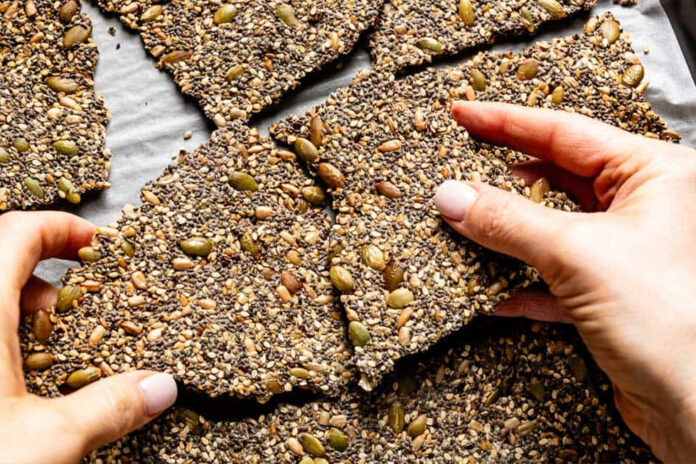












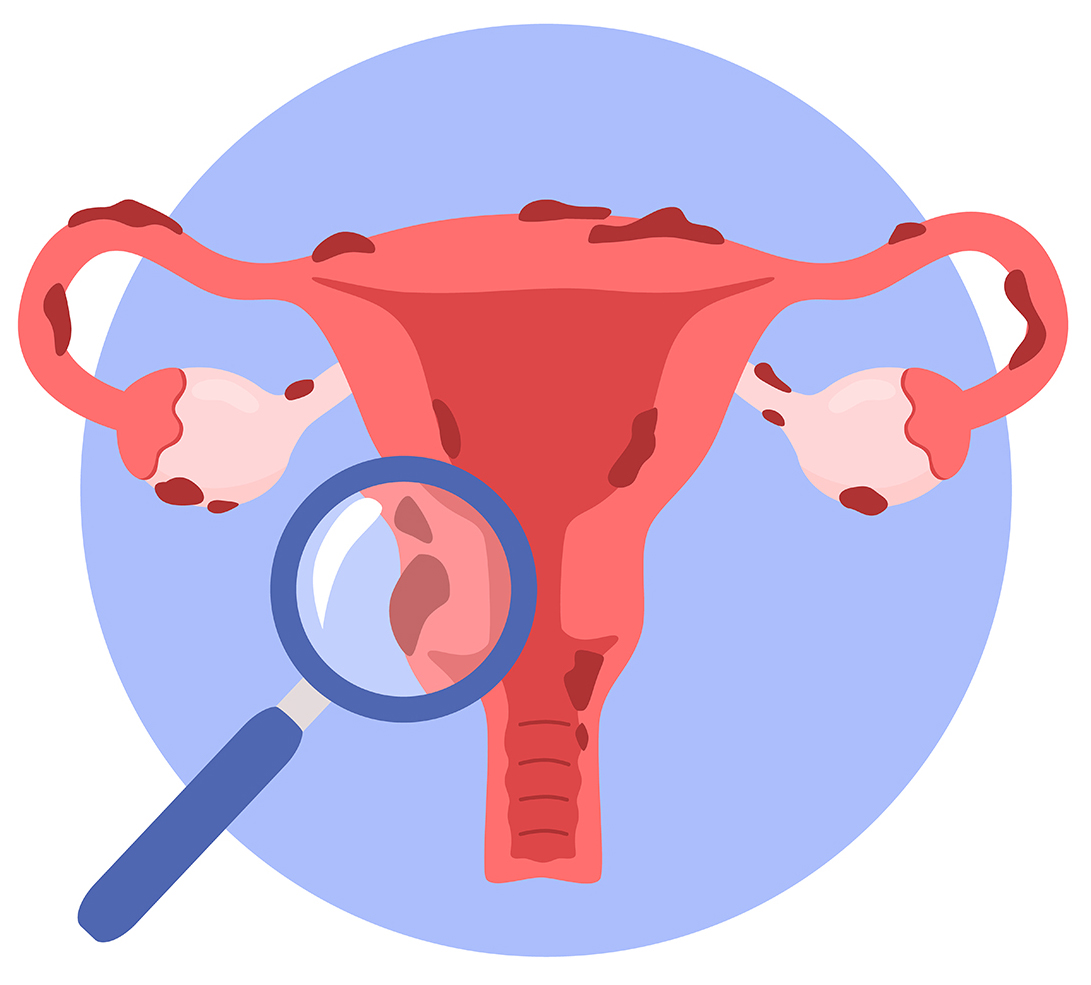
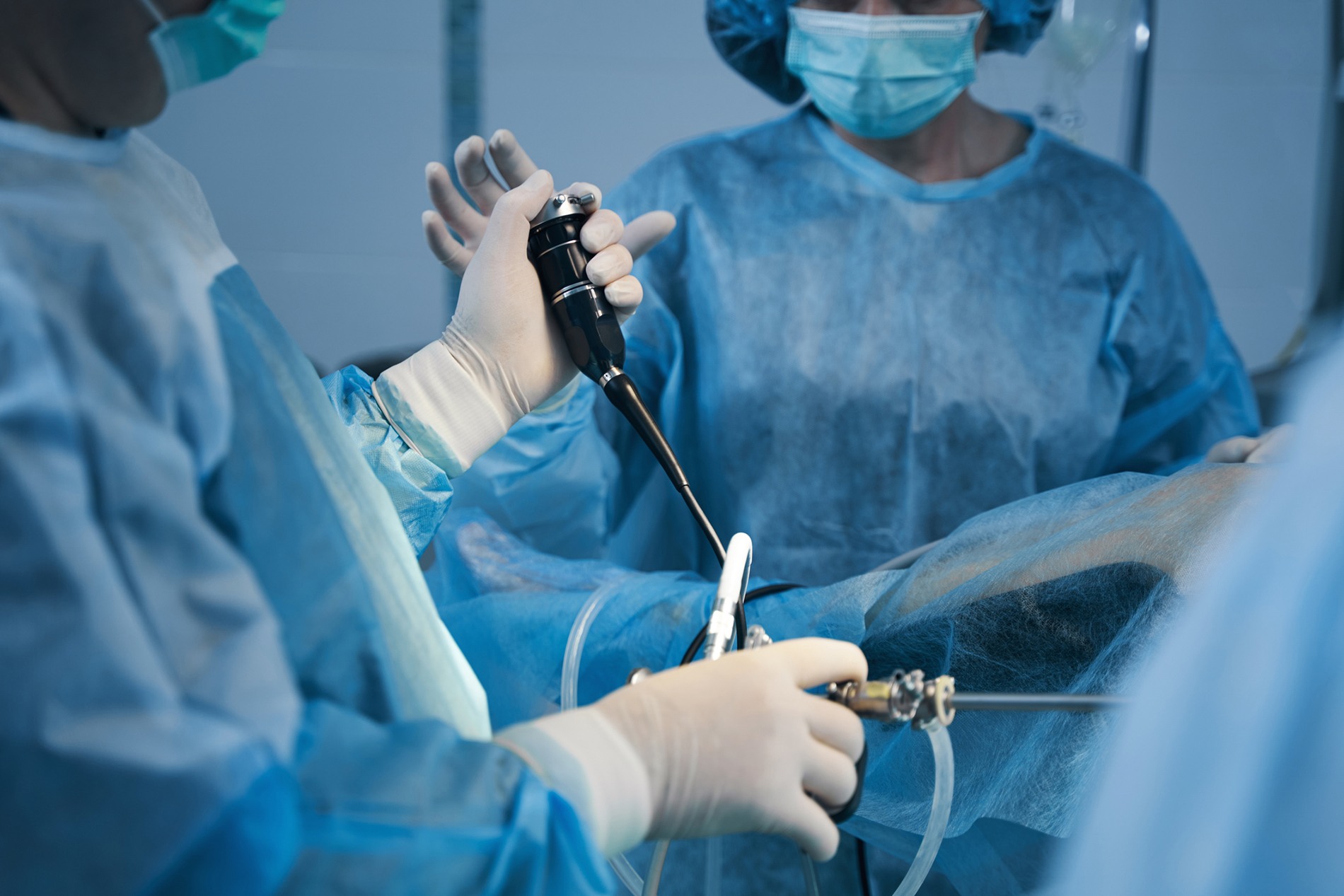
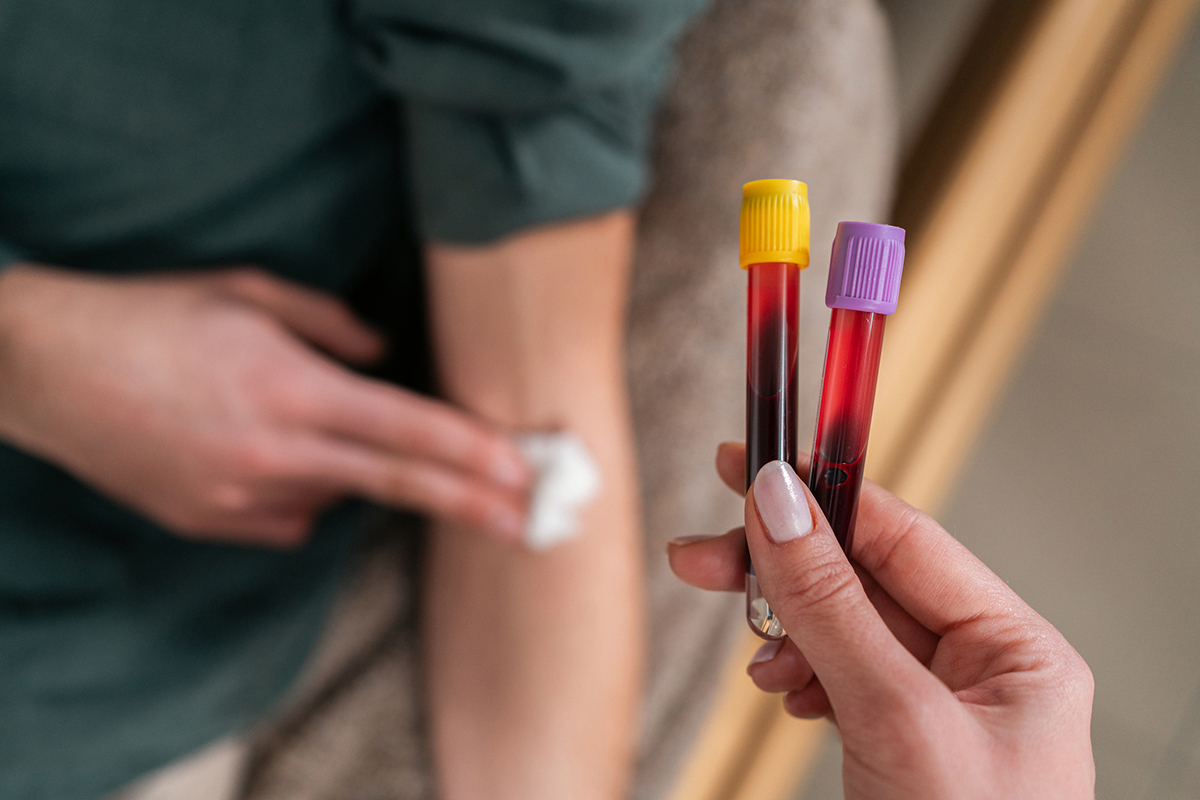
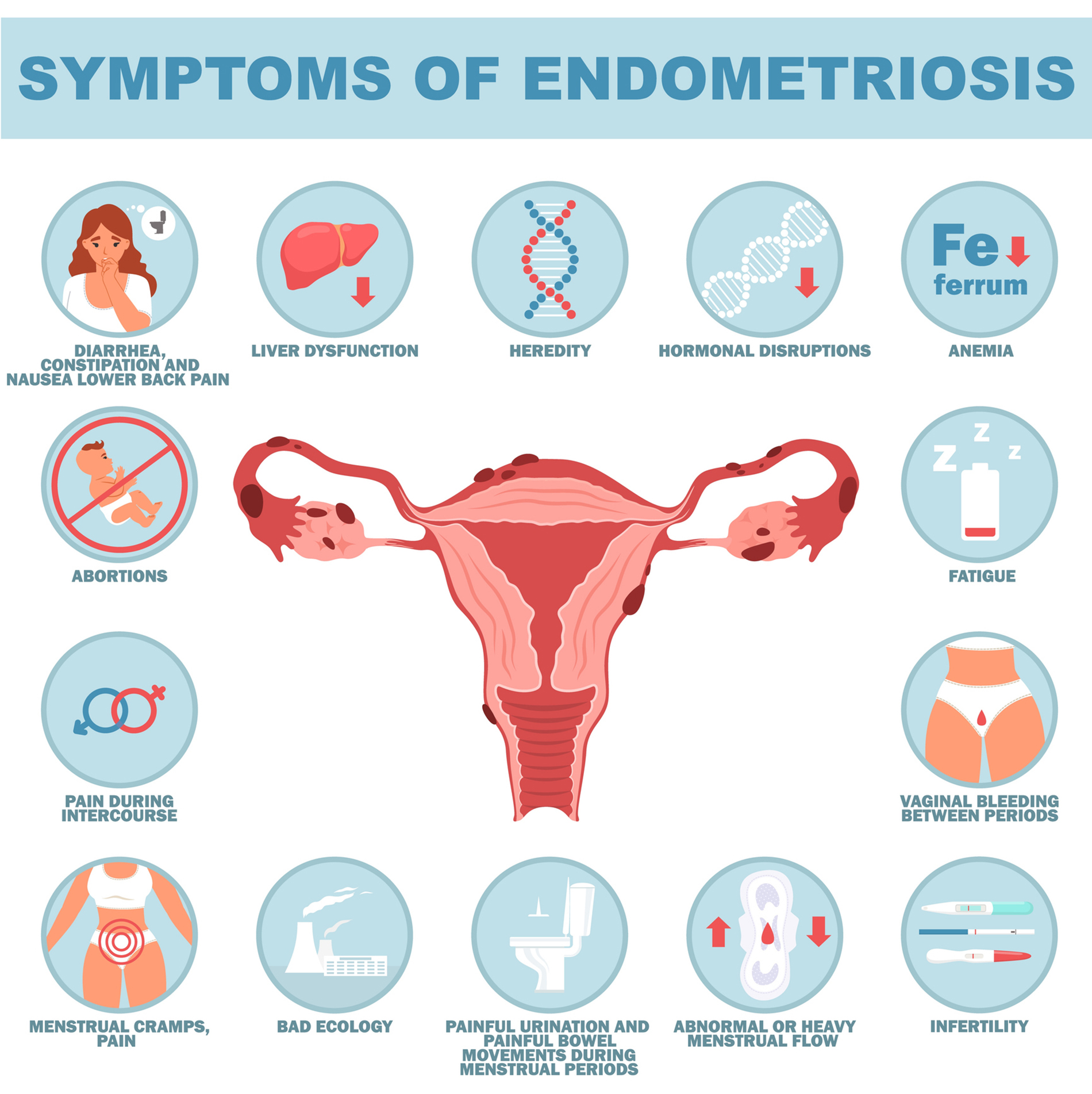





 Dr. Donald Cline (shown in the image) had opened a fertility clinic at a time when fertility treatment was a relatively novel specialty. A few years ago, a group of women filed a complaint against Cline saying that they found out they were all half siblings and they had all been conceived using sperm from Cline’s office. It was later found that Cline had fathered more than 48 children born between 1979 and 1986. When this was reported to local law enforcement, it was said that there is no law in Indiana against Cline for using his own sperm to inseminate his patients. The only crime he committed was a felony, obstruction of justice for lying to state investigators. He was sentenced to a year in prison.
Dr. Donald Cline (shown in the image) had opened a fertility clinic at a time when fertility treatment was a relatively novel specialty. A few years ago, a group of women filed a complaint against Cline saying that they found out they were all half siblings and they had all been conceived using sperm from Cline’s office. It was later found that Cline had fathered more than 48 children born between 1979 and 1986. When this was reported to local law enforcement, it was said that there is no law in Indiana against Cline for using his own sperm to inseminate his patients. The only crime he committed was a felony, obstruction of justice for lying to state investigators. He was sentenced to a year in prison.
